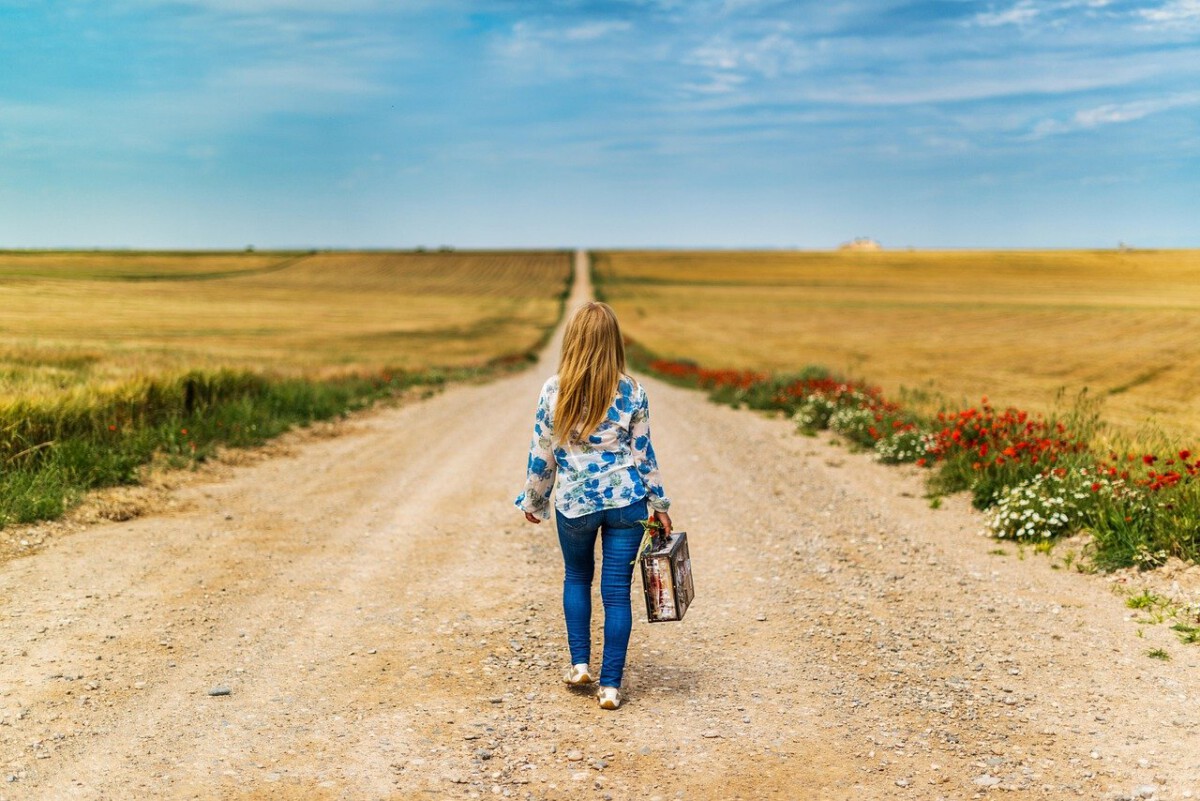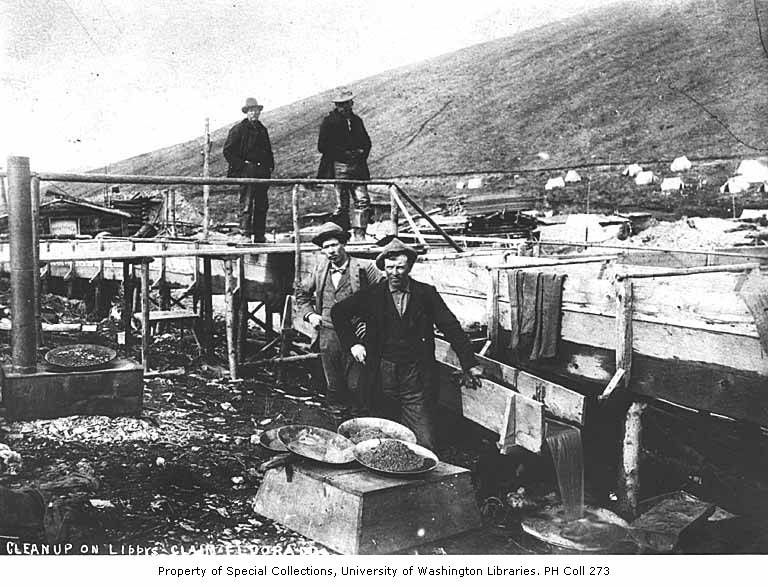Authenticity of Experience

There’s something quietly thrilling about stepping into a village no one’s ever Instagrammed. Unlike the polished, sometimes overly curated attractions of capital cities, small villages offer a raw, unfiltered slice of real life. You get to see how people truly live, celebrate, and even mourn. According to the World Tourism Organization in 2024, about 68% of travelers now seek authentic, less commercialized experiences. In a village, you might stumble upon a wedding procession or be invited to join a local festival—moments that feel personal and unrepeatable. Cities, on the other hand, often dress up their culture for tourists, which can leave you feeling like you’re just another visitor in a crowd. In my own wanderings, I’ve found that the stories and laughter shared with villagers linger far longer than any museum tour in a capital. It’s these honest, unscripted encounters that make travel memorable. When the world feels increasingly the same everywhere, villages still stand apart, holding onto what’s real.
Connection with Nature

Villages almost always come with a front-row seat to nature’s best performances. You wake up to birdsong, not traffic horns, and step outside to the smell of pine or the sight of mist over fields. A 2023 study in the Journal of Environmental Psychology found that being in natural environments reduces stress by up to 60%. That’s not just a number—it’s the difference between feeling frazzled and feeling free. Hiking through a forest or sitting by a quiet river in a village lets you reconnect with the world around you. Capitals, for all their energy, rarely offer this kind of peace. I remember once wandering through a tiny Italian village at dawn, watching golden light spill over olive groves—a moment that felt more restorative than any spa day in a city. Nature in the village isn’t a luxury; it’s the backdrop of daily life. That constant closeness to green spaces is something the world’s biggest cities can’t buy, no matter how many parks they build.
Community Interaction

In villages, you’re not just another face in the crowd. People notice when you arrive, and often, they’re genuinely curious about who you are and what brought you there. The Institute of Community Studies reported in 2024 that travelers who interact with locals feel more satisfied with their journeys. In a capital, most interactions are transactional—waiters, hotel staff, fellow tourists. But in a small village, the shopkeeper might remember your name, or a local might invite you for tea just because you smiled. These moments of real connection are the heartbeats of travel. I’ve shared meals with families who spoke little English, yet we laughed and learned from each other in ways that transcended language. It’s this openness and warmth that makes village visits unforgettable. When you’re included in someone’s daily life, even for a moment, you go home changed.
Unique Culinary Experiences

Village food isn’t just a meal—it’s a story on a plate. Local dishes made with ingredients grown a stone’s throw away taste fresher and richer than anything in a fancy capital restaurant. The 2025 Food and Agriculture Organization report points out that rural food systems support healthier diets and boost local economies. In villages, recipes get passed down like family heirlooms, and you might find yourself sampling wild honey or bread baked in a centuries-old oven. Farm-to-table isn’t a trend here; it’s just how people eat. In big cities, menus often cater to global tastes and lose the flavor of home. I’ll never forget the simple joy of eating handpicked berries in a Scandinavian village—sweet, tart, and unforgettable. Every bite feels rooted in the land and the lives of the people who made it. That sense of place is something no capital can replicate.
Lower Costs

Traveling to lesser-known villages can be a lifesaver for your wallet. According to the Global Travel Association’s 2024 analysis, travelers can save as much as 40% by choosing rural destinations over urban ones. Hotels and restaurants in capitals charge premium prices, but in villages, you’ll often find affordable guesthouses and hearty meals that don’t break the bank. It means you can stay longer, do more, and still have money left for the next adventure. I’ve spent as little on a week in a village as I have on a single night in a capital city hotel. Plus, your money often goes directly to families and small businesses, making every dollar count for more. You’re not just saving money—you’re supporting local livelihoods. It’s a win-win that makes travel accessible and rewarding.
Less Crowded Spaces

If you’re tired of shuffling through crowds and waiting in endless lines, villages offer a breath of fresh air. The International Tourism Council’s 2023 report shows that 75% of travelers now seek out destinations with fewer crowds for a better experience. In capitals, popular sites can feel like a parade of selfie sticks and tour buses. But in villages, you can wander ancient streets or climb hills without bumping elbows. The quiet lets you slow down and actually notice things—a mosaic in a church, the pattern of shadows on a wall. I’ve found that some of the most profound travel moments happen when I’m the only person around. Villages give you space to breathe, reflect, and really connect with your surroundings. That peace is increasingly rare and precious.
Cultural Heritage and Traditions

Villages are living museums, preserving traditions that cities have long traded for modern convenience. The 2024 UNESCO Cultural Heritage report highlights how these local customs contribute to the world’s cultural diversity. Here, you can witness festivals that have been celebrated for centuries or watch artisans practicing crafts passed down through generations. Capitals often offer culture in the form of institutions—museums, theaters, galleries—but villages are culture in action. I once stumbled into a harvest festival where everyone, young and old, danced in the square until midnight. It was messy, joyful, and utterly irreplaceable. Villages keep their stories alive, and as a visitor, you’re invited to become part of that living history, even if only for a short while. That depth of tradition simply can’t be faked.
Opportunities for Adventure

Unknown villages are often gateways to real adventure. The Adventure Travel Trade Association’s 2025 survey found that 82% of adventure travelers now prefer rural destinations. Whether it’s hiking through untouched forests, kayaking on quiet rivers, or climbing rugged hills, the experiences feel more personal and less commercial. In capitals, adventure often means signing up for packaged tours and following set itineraries. Villages, on the other hand, invite you to explore at your own pace, stumble onto hidden trails, or join locals for a spontaneous fishing trip. I once followed a shepherd and his flock up a mountain path in Greece—a simple, unexpected adventure that no city could match. The unpredictability is part of the charm, making each visit unique.
Sustainable Tourism Practices

Many unknown villages are now leading the way in sustainable tourism, recognizing the need to protect their environment and heritage. Rural tourism, according to the Sustainable Tourism Alliance’s 2023 report, can significantly lower carbon footprints compared to urban tourism. Villages often offer eco-friendly accommodations, encourage responsible travel, and invest in preserving local landscapes. This isn’t just about being green—it’s about ensuring that communities thrive for generations. I’ve seen villages use solar power, ban plastic, and create programs where travelers can help plant trees or restore old buildings. When you choose a village, you’re not just a tourist; you become part of a movement to travel better and leave places better than you found them. That sense of purpose is both inspiring and necessary in today’s world.
Personal Growth and Reflection

There’s a special kind of personal growth that happens when you’re away from the noise and speed of city life. The Institute of Travel Psychology’s 2024 study found that travelers in rural settings report higher levels of satisfaction and self-discovery. The slower pace and quieter surroundings give you room to think, dream, and reconnect with yourself. I’ve had some of my biggest insights while walking alone through a misty village lane or sitting quietly in a sunlit square. Without constant distractions, you start to notice your thoughts and feelings more clearly. It’s a chance to reset, reimagine, and return home a little different than when you left. Villages, in their gentle way, offer the gift of introspection that’s hard to find amid the rush of capital cities.







